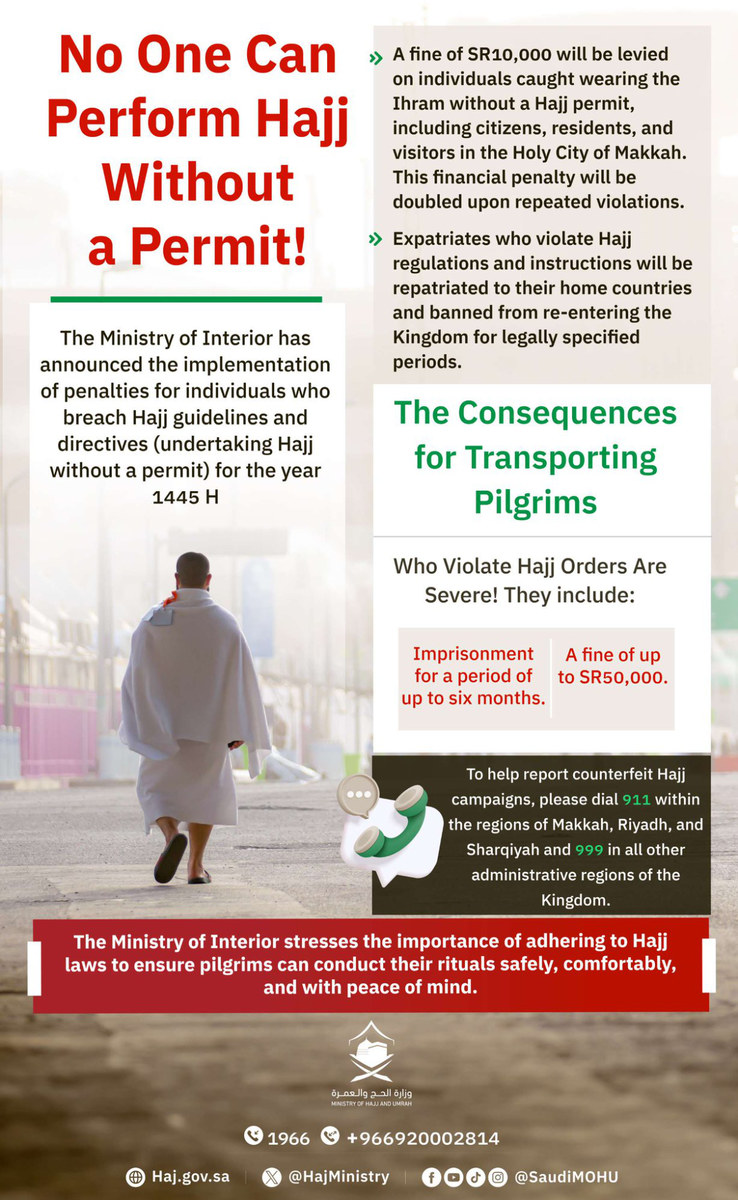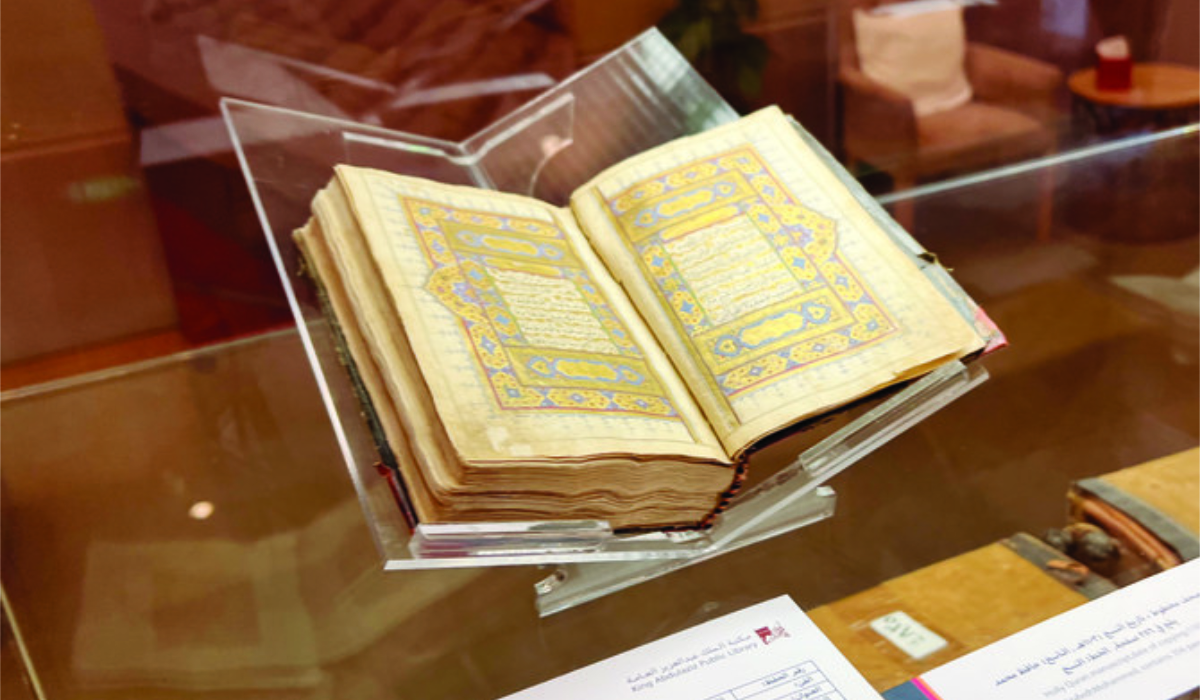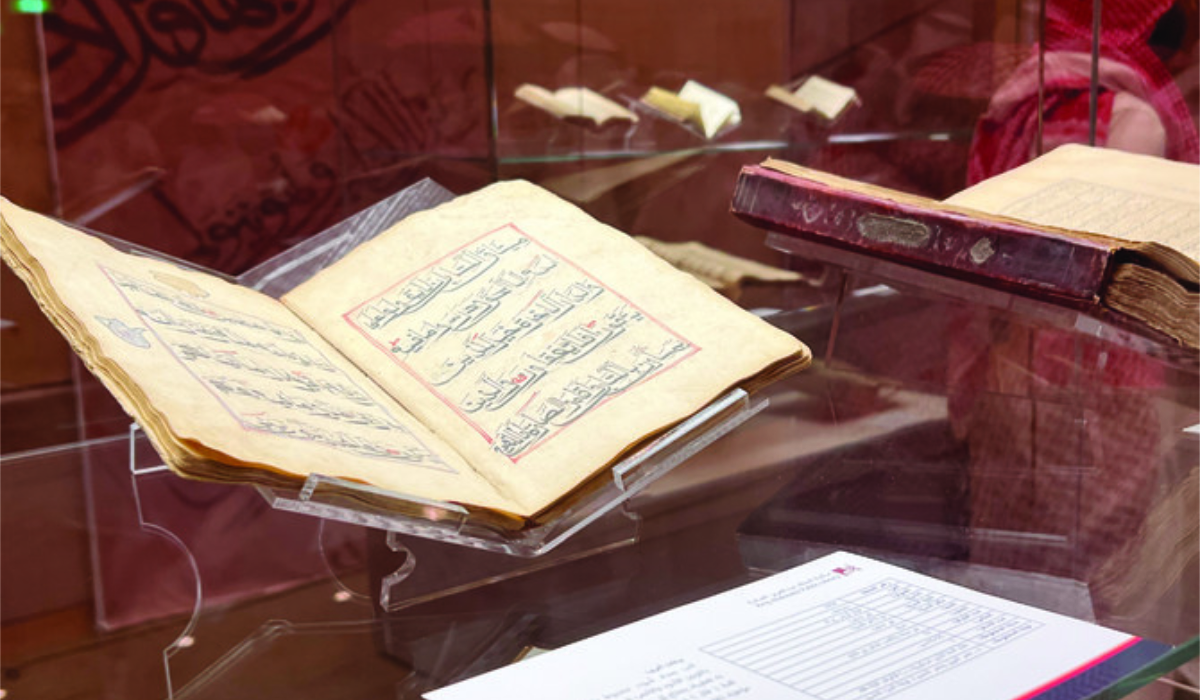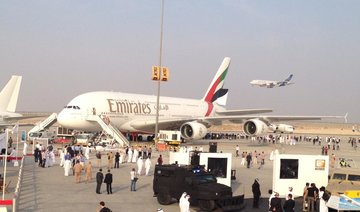London: Sabq has been given access to an integrated plan for a tourism project that will launch a maritime channel along the Saudi-Qatar border, which is being implemented by a Saudi Arabian investment consortium of 9 companies.
The project is awaiting official approval and licensing to begin implementation which is expected to be completed in only 12 months.
The plan is based on the creation of a maritime channel starting from Salwa to Khawr Al-Udayd that will extend across Saudi Arabia’s entire east coast without interruption.
Considering the border with Qatar extends over 60 kilometers and is the only landmass that interrupts trade on Saudi’s eastern coast, this will clear the way for plans to develop tourism in the area as it is a vital connector between all Gulf countries.
The area was chosen due to its importance, in addition to its untouched sandy nature which is free from obstacles that hinder the implementation of the plan.
The area is free of mountains and other geographic obstacles to digging, and the channel will not cross residential areas such as villages and agricultural areas. The channel will also regenerate economic activity in the area.
This area is distinguished by other scheduled projects related to the oil and industrial sectors, which qualifies it to be an economic center.
The maritime channel connecting Salwa and Khawr Al-Udayd will be 200 meters wide, 15-20 meters deep, and 60 km in length. It will able to receive all types of cargo and passenger vessels that are less than 295 meters long, under 33 meters wide and less than 12 meters deep. The initial cost of the project will be approximately SR 2.8 billion.
Qatar ‘will be an island’ if Saudi implements plans to regenerate east coast
Qatar ‘will be an island’ if Saudi implements plans to regenerate east coast

- Project to develop to a maritime channel could separate Qatar from Saudi Saudi from Qatar
- The Saudi Arabian plan could create 60 km of waterways between Saudi Arabia and Qatar
Saudi Arabia highlights regulations for safe Hajj

- From Hajj permits to proper ihram, pilgrims urged to follow government’s guidelines for peace of mind
RIYADH: Muslims embarking on the sacred pilgrimage of Hajj this year have been urged by the government to be mindful of the guidelines and regulations in place to protect the well-being of all.
Obtaining a Hajj permit is the most crucial step before embarking on the journey. This requirement applies to citizens, residents and visitors. Failure to have a valid permit can result in substantial fines and even deportation for expatriates.
At a press conference in Riyadh recently, Hajj and Umrah Minister Tawfiq Al-Rabiah launched the “Pilgrimage Without A Permit” campaign with the Ministry of Interior. The minister emphasized the importance of pilgrims adhering to the regulations and cooperating with the authorities.

In addition, an awareness campaign was launched in 20 countries warning of the penalties for violating Hajj regulations, including trying to perform the pilgrimage using tourist visas.
During the Hajj, pilgrims are expected to dress modestly and respectfully while at the holy sites. This is not only a matter of following the rules, but also a way to show reverence for the sanctity of the occasion. In the past, some pilgrims were fined for not adhering to the prescribed dress code.
Sheikh Abdulrahman Al-Sudais, head of the General Presidency for the Affairs of the Two Holy Mosques, has emphasized that pilgrims should adhere to the proper dress code.

The ihram is a central part of the Hajj and Umrah rituals, as it symbolizes the state of ritual consecration and equality among all pilgrims before Allah.
The ihram for men, reiterated Al-Sudais, is two unstitched, undecorated white garments known as izaar and rida’, which are for the upper and lower parts of the body. And men must not cover their heads.
Meanwhile, women must wear modest, loose-fitting clothing that covers the entire body except the face and hands. They are not required to wear the izaar and rida’, but their attire should be free of decorations.
During the Hajj, it is also important for pilgrims to avoid contravening crowd-safety regulations. They should follow the designated routes outlined by the authorities.
Furthermore, the government has warned that there would be severe penalties for those who bring drugs, alcohol or weapons into the holy sites.
To counter criminals claiming to be tour operators, and those trying to enter Makkah without proper visas, pilgrims are encouraged to report any suspicious activities by calling 911 in the Makkah region.
Mohammed Al-Bassami, director of Public Security in the region, said at a recent press conference: “Some violators want to employ tourism visas for the purpose of performing Hajj but every person who came to Makkah signed an electronic pledge that this visa does not enable him to perform Hajj.
He said the government has closed down more than 140 fake companies and added that “no one will escape punishment. The system is clear, and we urge all visitors to the Kingdom to respect its policies and regulations.”
King Abdulaziz Public Library tour chronicles legacy of the Two Holy Mosques

- The library has approximately 365 previously unpublished photos of the Two Holy Mosques, photographed by the international Egyptian photographer Ahmed Pasha Helmy
RIYADH: With Hajj just around the corner, the King Abdulaziz Public Library is diligently carrying on its work preserving manuscripts and photographs that depict the rich culture and history of the Hajj pilgrimage.
The historic library is a treasure trove of knowledge, housing rare artefacts that showcase the profound significance of the Two Holy Mosques in Islam.
As pilgrims worldwide prepare to embark on this spiritual journey, the library serves as a beacon of enlightenment, offering educational resources for those eager to learn more.

The library includes more than 6,000 items consisting of rare holdings of manuscripts, books, coins, miniatures, and pictures. They are also part of the library’s database assets.
Among the manuscripts in the library’s possession related to the ritual of Hajj are “The Golden Poem on the Hajj Rites” by Mohammad Al-Halabi, and “Sawaanih Al-Hijaz” by Bahaa Al-Din Al-Harithi Al-Dhahani written in 1622.
NUMBER
6k
The library includes more than 6,000 items consisting of rare holdings of manuscripts, books, coins, miniatures, and pictures.
The library has published several books about Hajj and the Two Holy Mosques, including “A Japanese in Makkah” which was translated and commented on by Dr. Samir Ibrahim and Sarah Takahashi.

Other books include “Pilgrimage to Mecca” written by Zainab Cobbold, “Viewing the Two Holy Mosques and the Aspects of Hajj through the Lens of Hajj” by Ahmed Mirza, who is considered to be the first Indian professional photographer to capture Hajj. Mirza performed Hajj in 1907. The 240-page book includes an introduction to the Two Holy Mosques in old maps, ancient drawings and miniatures, and photographs.
Faisal bin Abdulrahman bin Muammar, the general supervisor of the library, said: “Today, we live in the age of knowledge. It does not only include one field of culture, literature, languages, sciences, or economy. It is a comprehensive system in a world where technology and diverse technological tools are spreading, motivating us to give reading our utmost attention.”

The library has approximately 365 previously unpublished photos of the Two Holy Mosques, photographed by the international Egyptian photographer Ahmed Pasha Helmy.
Helmy was commissioned by King Farouk of Egypt to photograph the Two Holy Mosques during King Abdulaziz’s entry into Makkah.

The library also screened the 2009 film “Journey to Mecca: In the Footsteps of Ibn Battuta,” which depicts Hajj rituals and efforts of the Kingdom to build the Two Holy Mosques.
Over 2,000 people from 24 countries took part in the project, inspired by Ibn Battuta’s journey to Makkah in the 14th century.
The film was screened in several international cities such as London, Paris, New York, and Singapore, and has received awards at three film festivals, including a prize at the Tribeca Film Festival in New York City.
The library’s Restoration Centre was launched on June 21, 2022, with the main focus on sterilizing, restoring, treating, sewing, binding, and preserving rare and valuable cultural artifacts.
Their restoration efforts go beyond just fixing items but also creating ideal conditions for their long-term safety and accessibility.
The centre works on preserving and restoring rare cultural heritage items like documents, manuscripts, books, Qur’ans, photographs, maps, periodicals, coins, and artefacts held by various entities, including the library.
The meticulous preservation efforts of the library staff ensure that future generations will have access to these priceless works of art and literature.
Hajj culture is a dynamic and vibrant tapestry that continues to evolve, and the King Abdulaziz Public Library is a testament to this sacred tradition’s enduring legacy.
Saudi Culture Ministry launches camel studies grant

- Grant coincides with the UN’s declaration of 2024 as the International Year of Camelids
RIYADH: The Ministry of Culture has introduced a camel studies grant, an initiative designed to highlight the essential role camels play in Saudi Arabia’s cultural, social, and economic spheres through rigorous scientific research.
The grant invites proposals that delve into various aspects of camel significance, including historical, cultural, social, economic, environmental, and health-related dimensions, Saudi Press Agency reported.
The historical dimension of the grant includes studies comparing the importance of camels across civilizations, historical and ethnographic analysis of camel-related traditions, and exploration of archival methods for safeguarding this heritage.
The cultural dimension focuses on the artistic and literary depictions of camels. Researchers are encouraged to conduct critical and literary studies on the representation of camels in Arabic and Saudi literature, including children's books. The field is open to studies on camel-related vocabulary and their portrayal in various artistic media, from visual and cinematic arts to engravings and sculptures.
The social dimension examines the role of camels in Arab and Islamic societies. Research topics include the local significance of camels, their social impact, traditions linked to camel ownership, and the influence of national camel events on communities, both locally and globally.
The economic dimension explores the financial contributions of camels and camel-derived products. Researchers can analyze the use of camel wool and leather in the fashion and furniture industries, assess the sustainability of the economic viability of camel products, and measure the financial impact of camel festivals and related institutions.
Meanwhile the environmental dimension will welcome research on sustainable land use for camel grazing, carbon dioxide emissions analysis, and the role of camels in maintaining ecological balance in arid regions.
Under the health dimension, researchers examine the medical and therapeutic applications of camel products, develop technologies for measuring camel meat quality, and focus on camel breed preservation and genetic mapping.
The launch of the grant coincides with the UN’s declaration of 2024 as the International Year of Camelids, as well as Saudi Arabia’s designation of 2024 as the Year of the Camel.
Riyadh governor receives Norwegian ambassador

- Prince Faisal thanked Thomas Lid Ball for the efforts made during his tenure
RIYADH: Riyadh Gov. Prince Faisal bin Bandar received Thomas Lid Ball, Norwegian ambassador to Saudi Arabia, on Monday, as his term as his country’s ambassador came to a close.
Prince Faisal thanked him for the efforts made during his tenure, Saudi Press Agency reported.
Meanwhile, Abdulmajeed Al-Samary, undersecretary of protocol at the Ministry of Foreign Affairs, received the credentials of Zimbabwe’s newly appointed ambassador to the Kingdom, John Wutawunashe, on Monday in Riyadh.
Who’s Who: Bodour Baeesa, vice president — head of rewards, and organizational effectiveness at ACWA Power

Bodour Baeesa is the vice president and head of rewards, organizational effectiveness and human resources finance at ACWA Power since October 2023.
Her role is a central one in the transformation of the company’s HR landscape during a period of unprecedented growth.
In her current role, Baeesa has been instrumental in establishing and leading high-performing teams, revolutionizing reward strategies, and enhancing organizational effectiveness and design.
She recently led the implementation of a flexible benefits program, a first-of-its-kind initiative in Saudi Arabia and the industry.
Prior to this role, Baeesa served as vice president of HR strategy monitoring and management reporting at ACWA Power, where she supported management in developing a comprehensive global people strategy, building and leading a team, and setting up robust HR reporting, transformation, control and HR finance units.
From 2021 to 2023, Baeesa was the head of cost and investment management at Saudi Awwal Bank, previously Saudi British Bank. In this role, she established the cost and investment management department, made significant contributions to the bank’s five-year strategic plan, and formed and managed a cost management and investment committee.
Earlier in her career, Baeesa held several key leadership positions: including head of finance technology and support functions; senior manager of reward and organization design; treasury market risk control manager; and management information, planning and reporting manager.
Her professional journey includes roles at organizations such as Schneider Electric.
Baeesa has a bachelor’s degree in business administration with a focus on finance and management information systems from Al-Yamamah University in Riyadh.



















